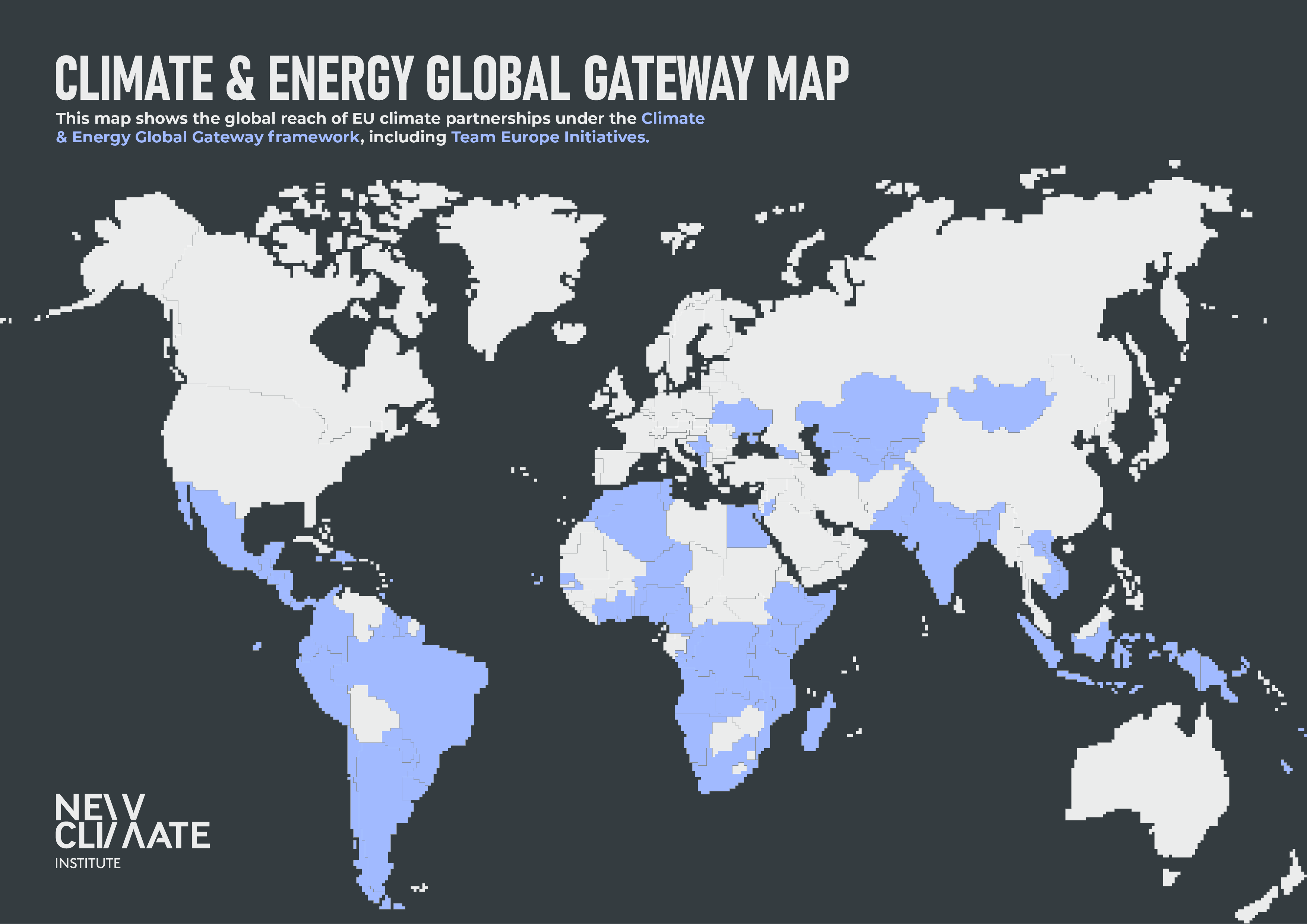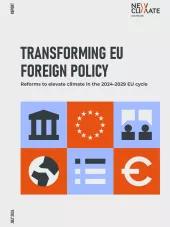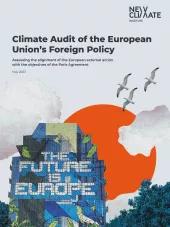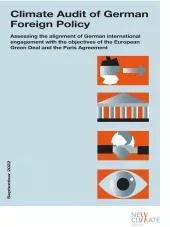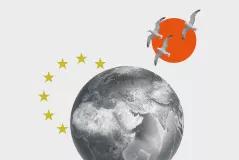The world has undergone significant changes since the start of the Von der Leyen Commission in 2019. The European Union (EU) faces shifting dynamics, marked by increasing assertiveness from global powers like China and Russia, supply chain disruptions, energy and economic security concerns, questions about the EU’s competitive position in the global economy, all in the backdrop of rising temperatures. This has necessitated a recalibration of the EU’s geopolitical strategy, and a new innovative approach to EU climate diplomacy centred on climate partnerships.
Over the last few years, the EU launched various types of what can loosely be defined as climate partnerships. Largely seen as the EU's response to China's Belt and Road Initiative, Global Gateway is a geopolitical tool to support infrastructure development in emerging economies and developing countries, with an emphasis on the green and digital transition. Global Gateway comes in addition to bilateral initiatives such as Green Partnerships, Green Alliances, Critical Raw Materials Strategic Partnerships, as well as plurilateral programmes like the Just Energy Transition Partnerships, all to strengthen the EU's influence in the world and bolster EU climate diplomacy efforts. In addition to these EU-led partnerships, EU Member States also have a wide range of bilateral climate and development partnerships with third countries. The self-declared goal of the Team Europe approach is for all of these partnerships collectively to achieve more than the sum of their individual parts.
However, the EU’s Global Gateway initiative as well as its wider partnership frameworks face significant challenges in articulating a coherent vision, both within its own institutions and in coordination with Member States. The initiative's lack of clarity is also evident in diplomatic interactions with partner countries through its delegations and internal inconsistencies among different Directorates-General, leading to fragmented communication and prioritisation. The absence of prioritisation and focus on key regions raises concerns regarding the effectiveness and capacity constraints of EU institutions. Addressing these institutional and coordination challenges is crucial for the EU to realise its ambitions for Global Gateway and EU climate partnerships overall. To effectively deliver on the goals of climate partnerships, the EU can do the following:
- Align EU and Member State priorities for enhanced cooperation: The priorities of Member States and the EU should align strategically to leverage the potential of Team Europe. Deeper coordination is required to enhance visibility, coherence, and synergy among European players in climate partnerships.
- Provide more clarity in partnership communication: The EU's partnership offer needs clearer communication to ensure effective implementation. This can be done by crafting concise messages that convey the goals, benefits and objectives of EU climate partnerships to stakeholders. Additionally, committing to a communication campaign in local languages can resonate with the wider public.
- Develop a long-term strategic vision: A shared, long-term strategic vision involving both the EU and Member States is necessary for holistic climate partnerships. Committing to a long-term strategic vision will also strengthen credibility between the EU and partner countries, showing the longevity of the partnership.
- Establish clarity in responsibilities and increased resources: Clear delineation of roles and increased resources are crucial for stronger climate partnerships. Key EU institutions require diverse expertise and sufficient resources for effective implementation.
Deliver political leadership and gain buy-in: Strong political buy-in at the highest level is critical for ensuring sufficient resources, effective coordination and implementation. Only with sustained commitment and visibility on the ground can climate partnerships truly thrive and make a meaningful impact.

